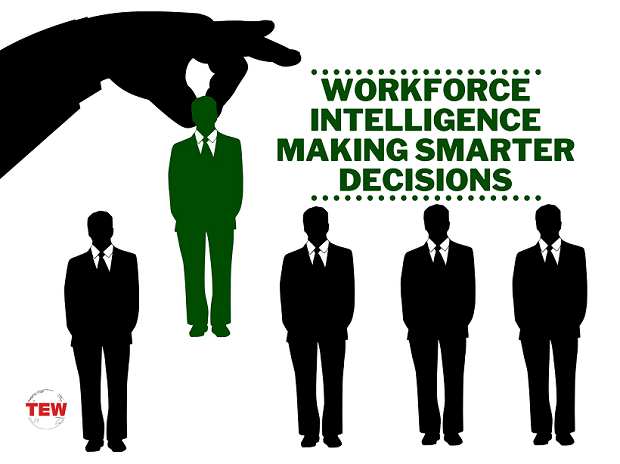Workforce Intelligence Making Smarter Decisions
Over the years, the role of human resource managers in organizations has come a long way. If you are into recruiting and managing people, you will understand the challenges of securing top talent for your company and retaining it for the long haul. Furthermore, not to mention the pressure of doing it in a competitive space is immense. Although the entire scenario appears daunting, you can rely on workforce intelligence to address the challenges of HR management. It offers data on workforce trends, behavior, individuals, and markets, which is useful for generating new insights for strategic decision-making. Let us explain how workforce intelligence enables you to make smarter decisions.
Optimizing existing talent for the company
An analytics-based view of the employee journey with the organization helps you optimize the talent you already have. It lets you identify underused talent and apply it elsewhere in the organization. You can discover the best performers and future leaders and go the extra mile with their retention. You can also adapt learning and development efforts to employee potential to ensure it delivers real value.
Getting the right candidates
Apart from optimizing what you have, workforce intelligence enables you to get suitable candidates and avoid bad hires. Predictive modeling techniques give an insight into what makes employees in specific roles successful. You have clearly defined talent profiles that enable you to pick the most promising potential hires. You end up with a better team worth investing in, and it stays with the organization because it is a perfect fit.
Defining workforce strategies that work
An HR manager’s role also includes creating workforce strategies for the company, and the process requires clear thinking. You can rely on workforce intelligence to forecast your organization’s talent needs and build sourcing strategies. It also gives you a view of current issues such as excessive turnover and skill gaps so that you can focus on the areas that require real improvement.
Taking a better approach to health and productivity
A company’s success and sustainability hinge greatly on employee health and productivity. Workforce intelligence serves data on both the physical and emotional well-being of your people. You can follow data on overtime and absenteeism to pinpoint lags and warning signs of ill health, which is the key reason for poor productivity. Once you know these reasons then it becomes easy to resolve them. An organization that goes the extra mile with the initiative gains on the productivity, retention, and reputation fronts.
Aligning people plans with organizational goals
Workforce analytics go much beyond keeping organizations on track with just HR objectives. They help managers and executives to align HR plans with the organization-wide strategy for better outcomes. With analytical insights, HR leaders can think long-term, like training future leaders from within the ranks, anticipating demands for strategic hiring, and controlling complexities and costs of employee separation.
The potential gains of embracing workforce intelligence are enormous, no matter how large or small your organization is. You can make intelligent decisions that propel growth with the right talent and its optimal use.




